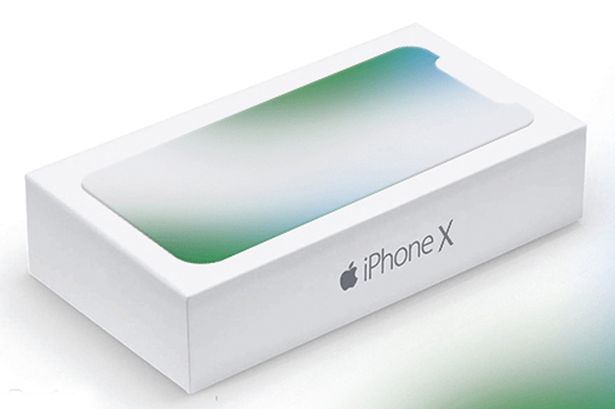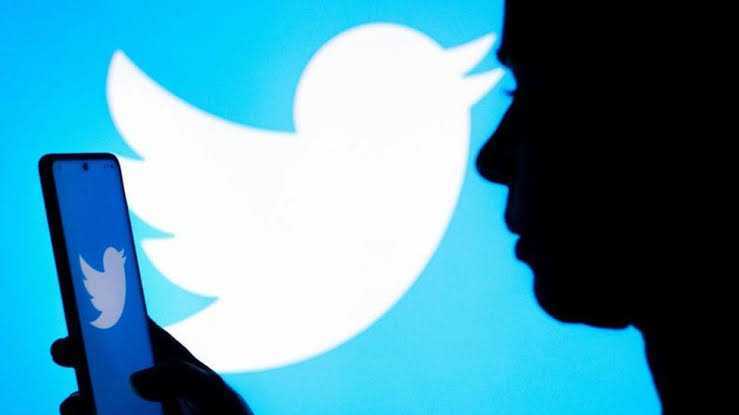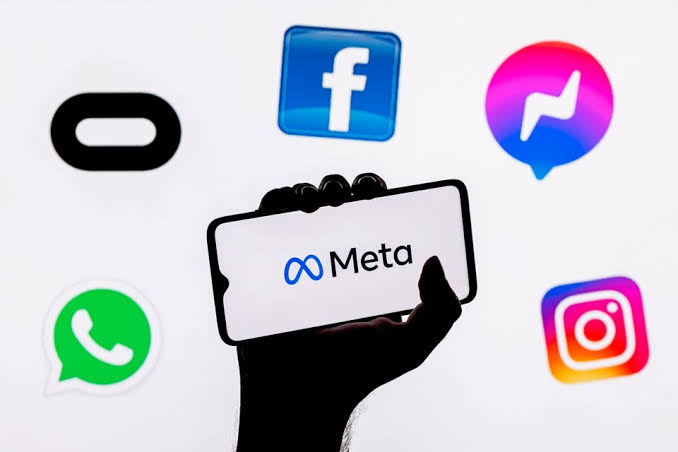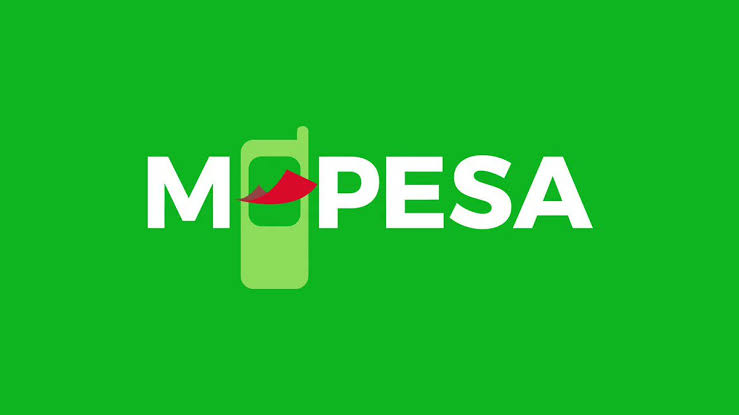The long-awaited and extensively leaked special edition iPhone is finally upon us, and it’s called the iPhone X (pronounced “iPhone 10”).
While the iPhone 8 is an iPhone 7S in all but name, the number jump across all the new iPhone models means we’re now officially missing an iPhone 9.
Apple’s typical S naming is gone for this year at least, which isn’t entirely surprising. Samsung launched its Galaxy S8 earlier this year, and the company’s Note 8 will be available on September 15th (the same day iPhone 8 preorders begin).
Going up against the Samsung Galaxy S8 and Galaxy Note 8 with an iPhone 7S and iPhone 7S Plus doesn’t really make as much sense this time around. Instead, Apple appears to be using a great marketing trick for this year’s iPhones.
The iPhone X naming helps position the device above the regular iPhone 8 without explicitly labeling it “iPhone 10,” because most people are simply going to call it the iPhone X and not pronounce it as iPhone ten. Apple knows this, and the company only uses the X logo in its promotional materials. Jony Ive says “iPhone ten” in the company’s keynote video, but I’d be surprised if we hear Apple explicitly call it the iPhone ten on a regular basis.
This subtle difference makes it clear it’s a special edition iPhone, and not an iPhone 10 that’s going to make people think they’re not getting the latest iPhone if they go for the iPhone 8. Let’s face it, the iPhone X is the device people will want, but most will go for the iPhone 8 simply because the X is priced so high.
Microsoft did a similar trick for its Windows 10 naming. The software giant skipped Windows 9 and went straight to Windows 10, but Microsoft did this primarily to encourage Windows 7 users to upgrade.




